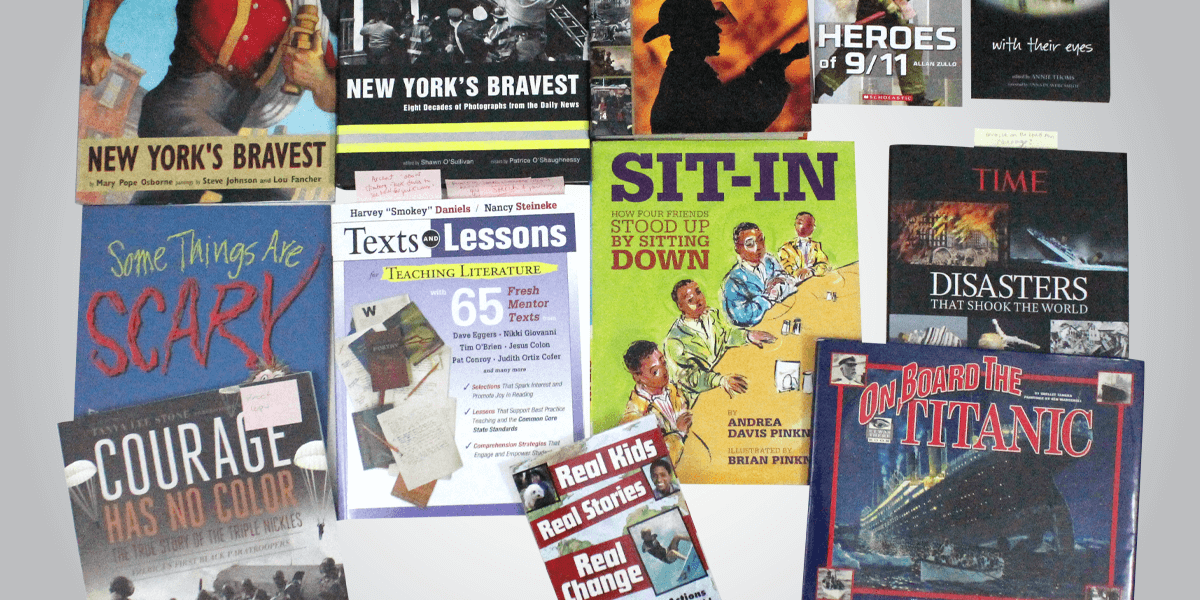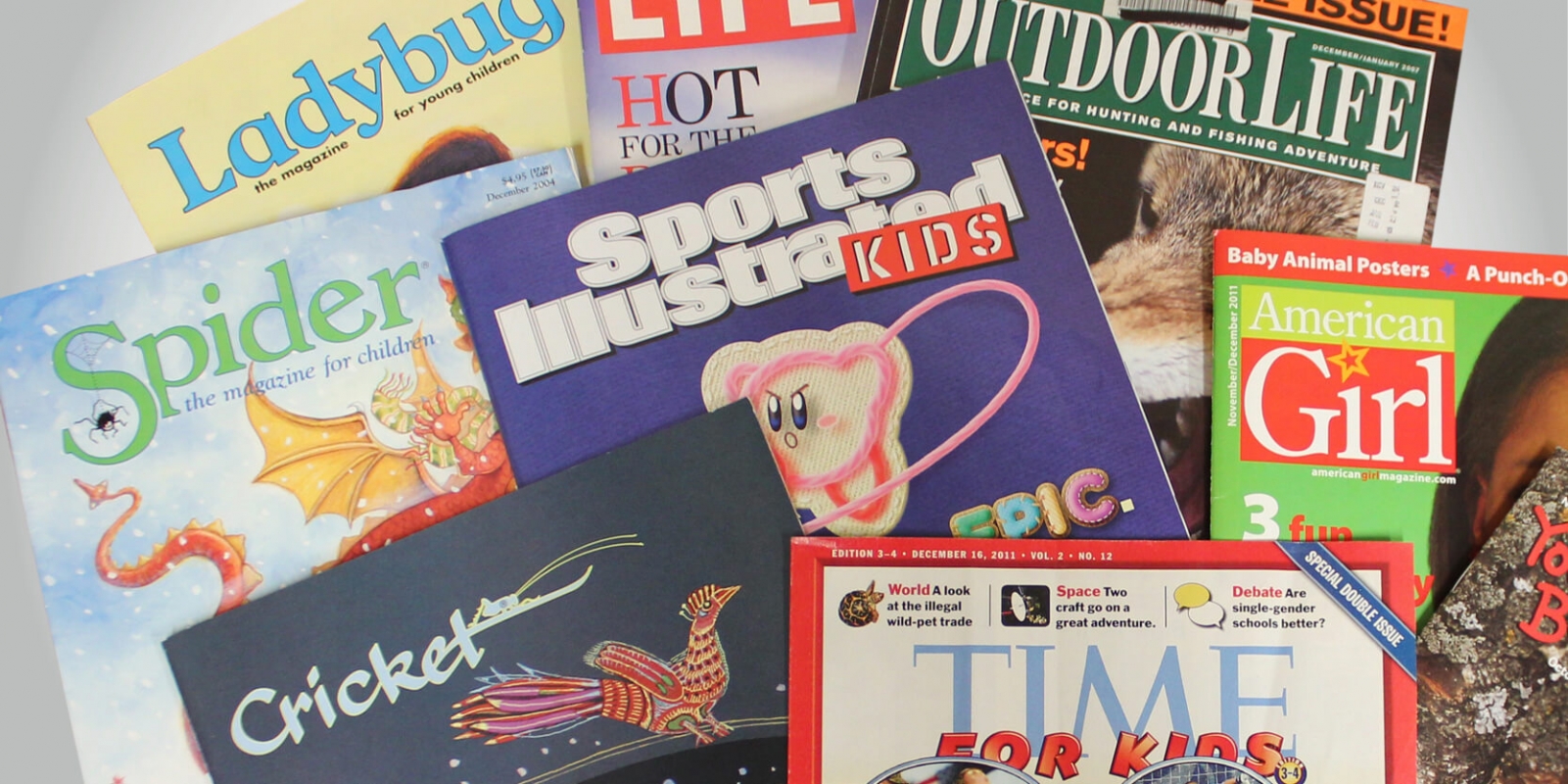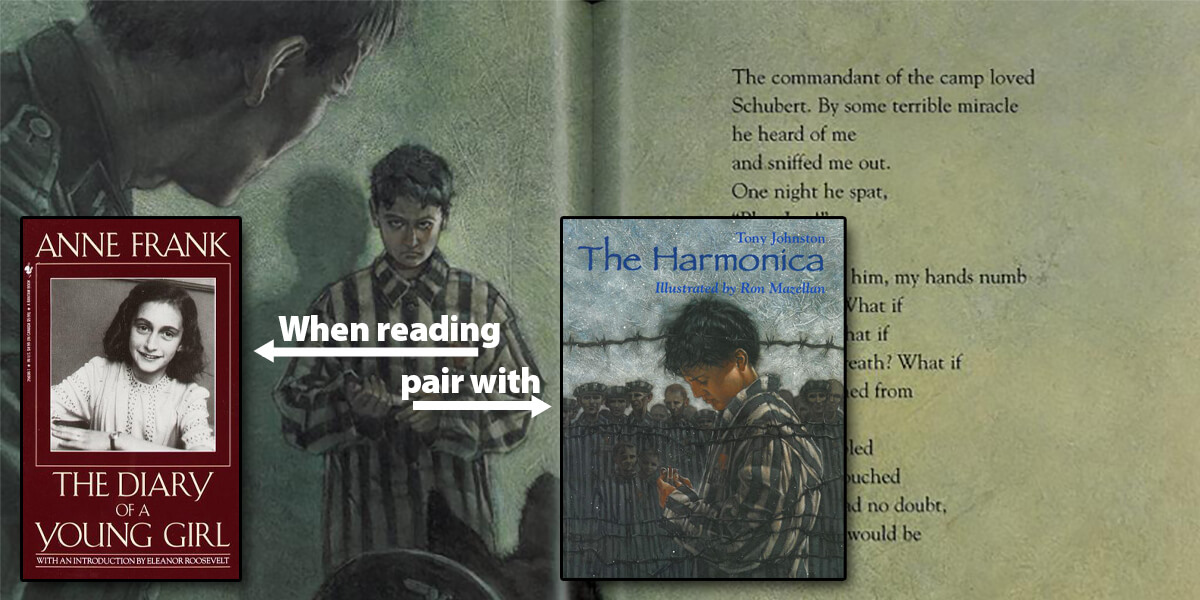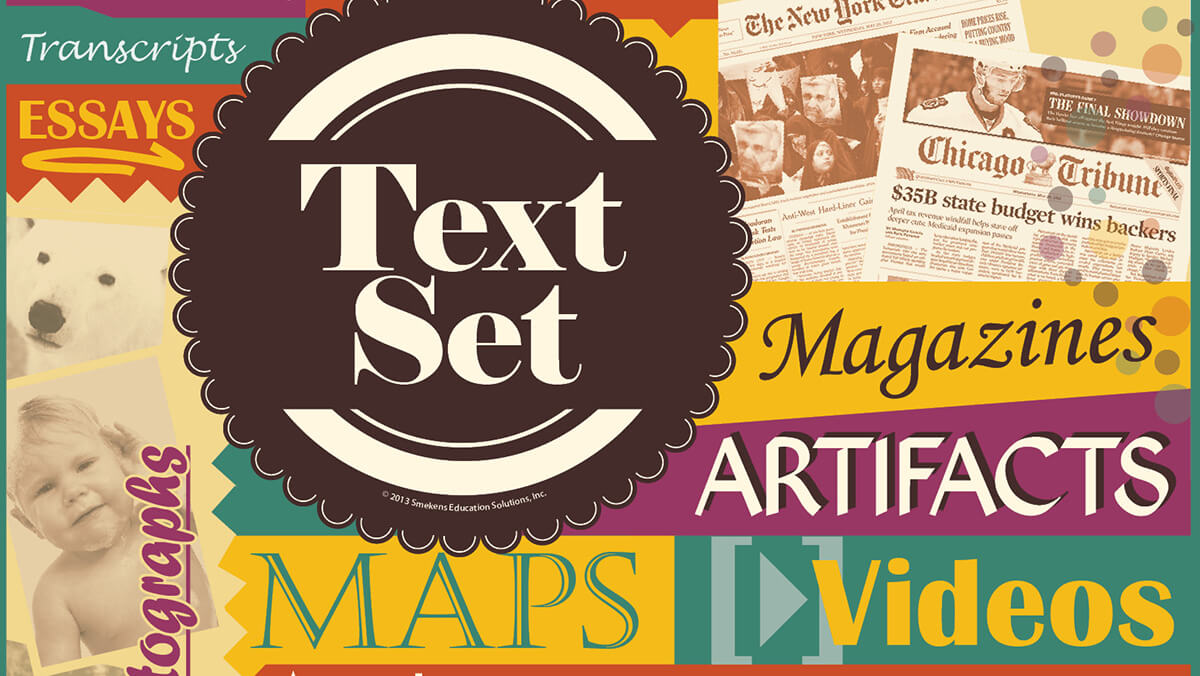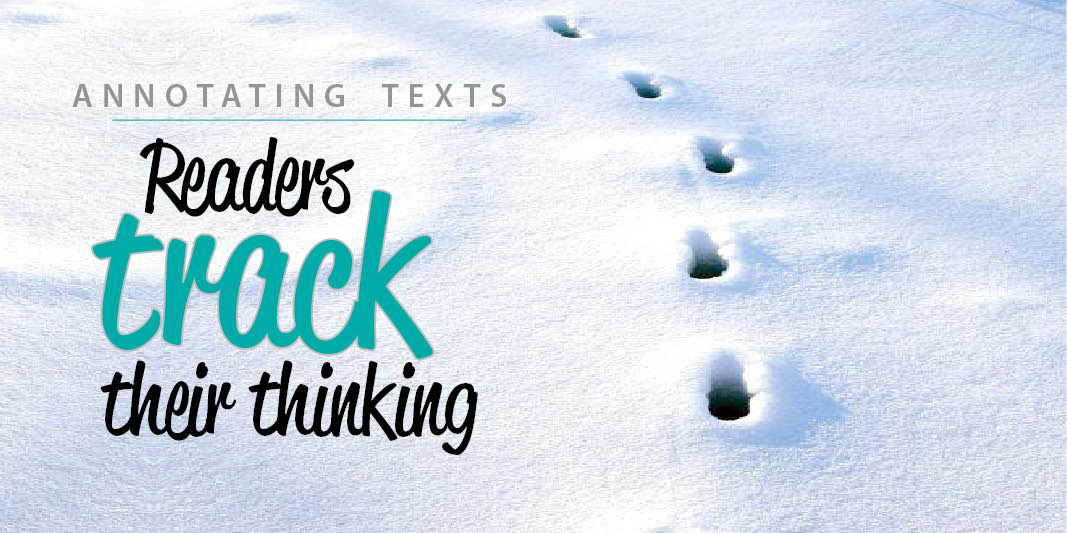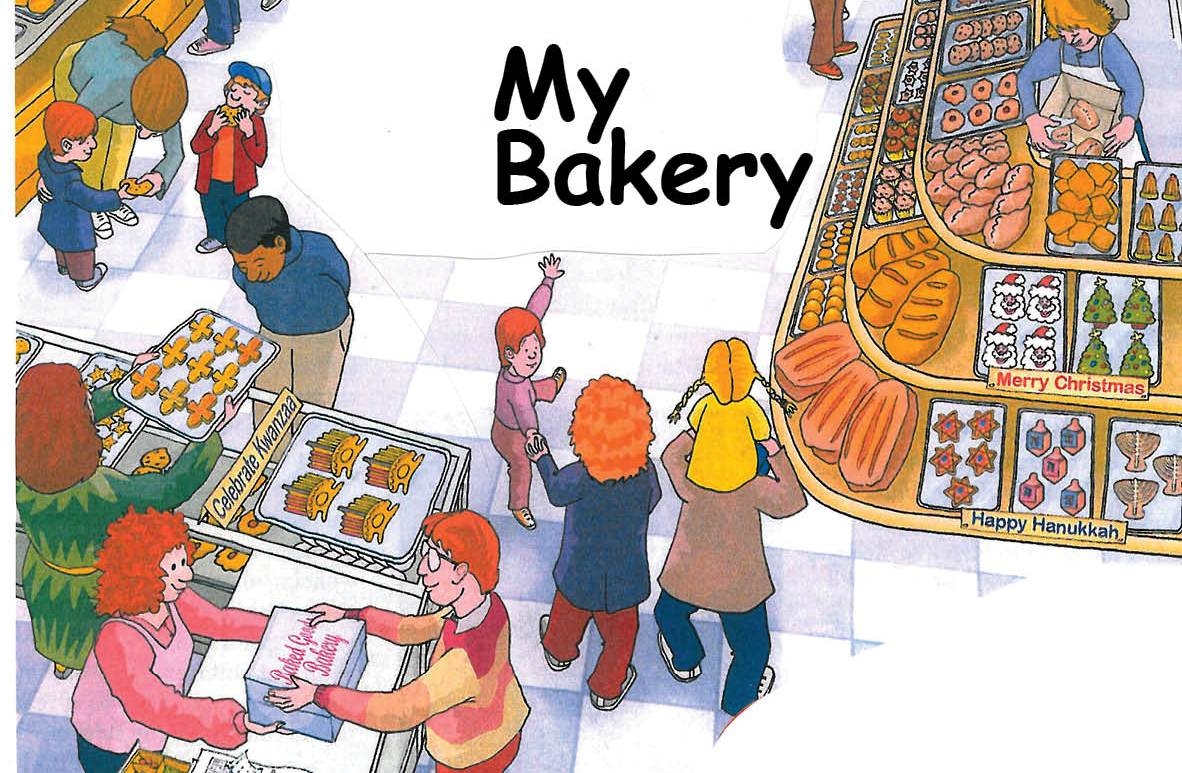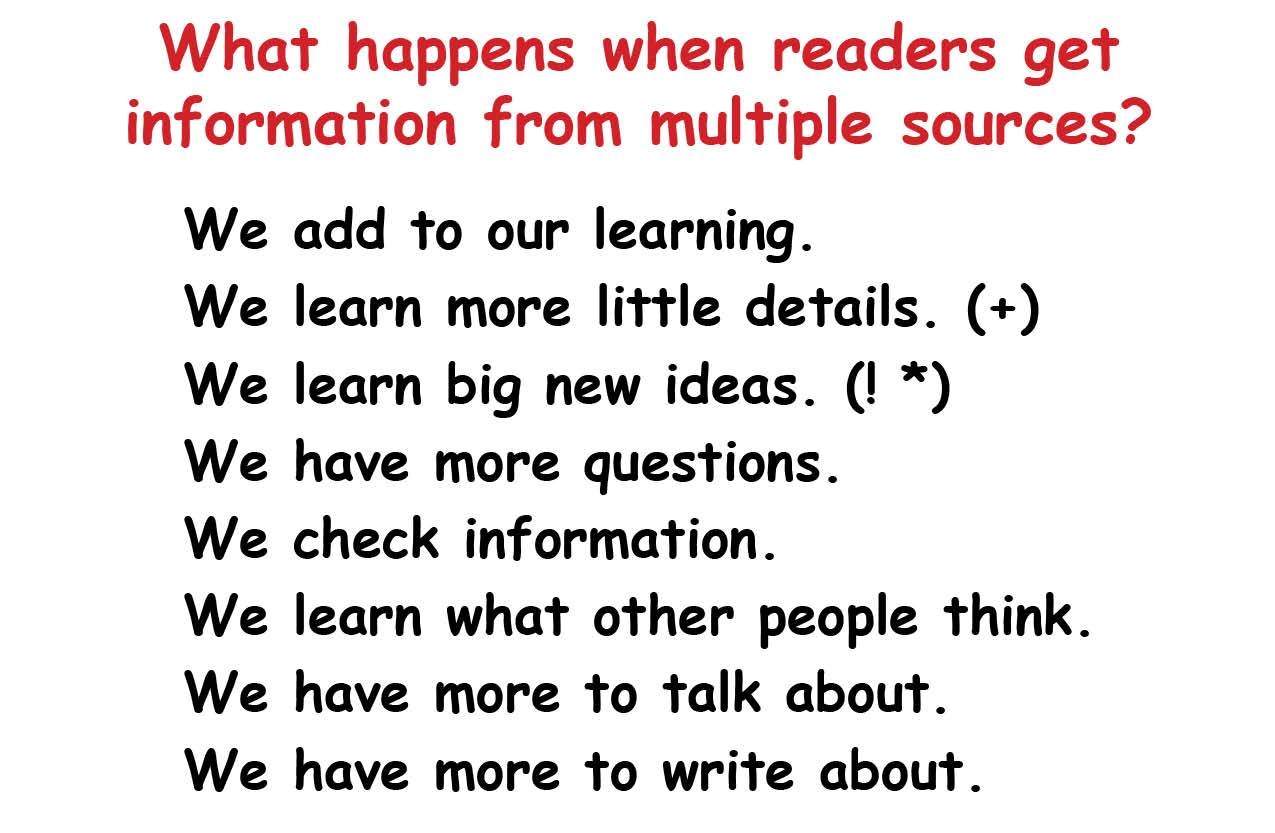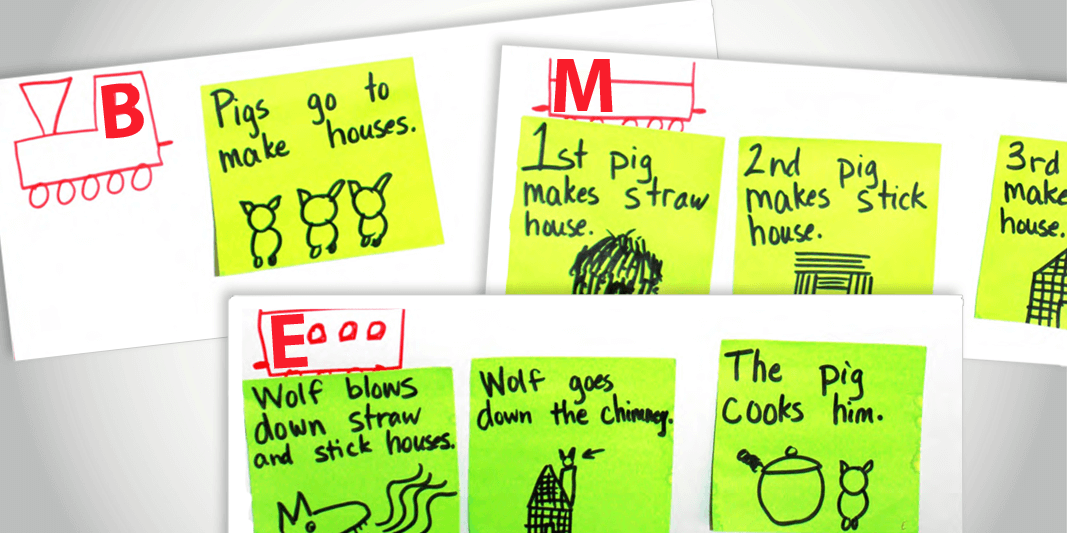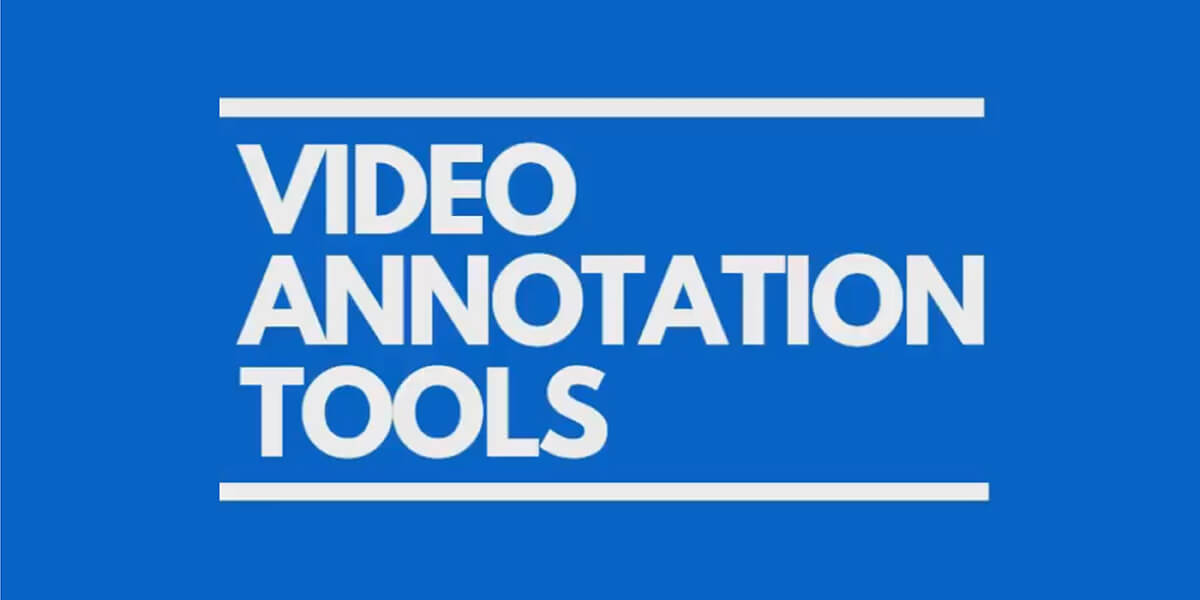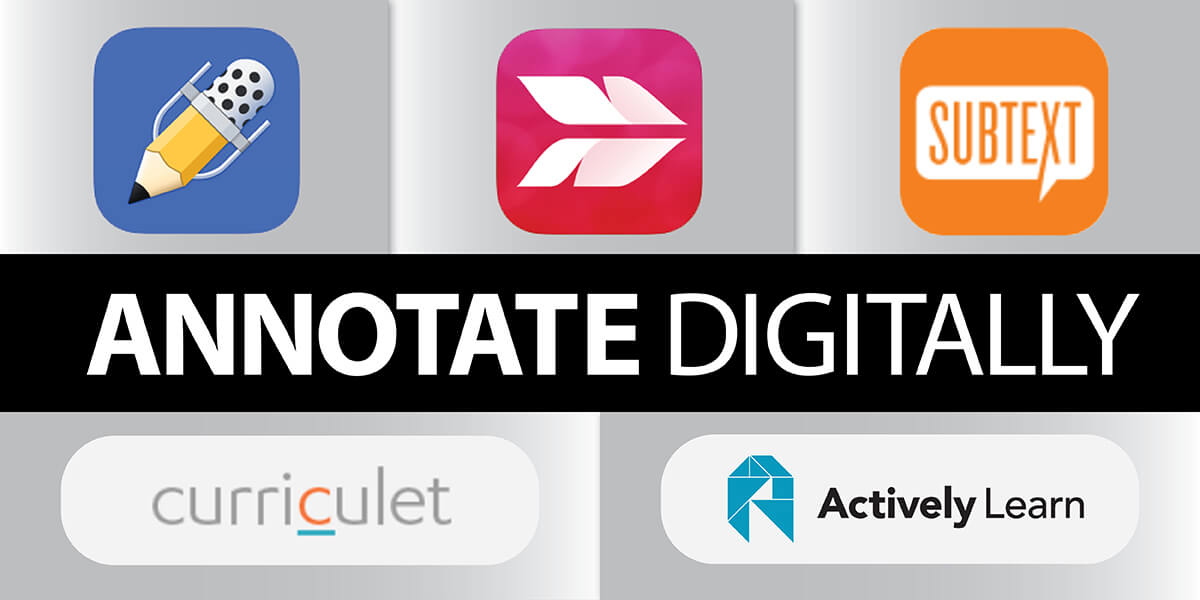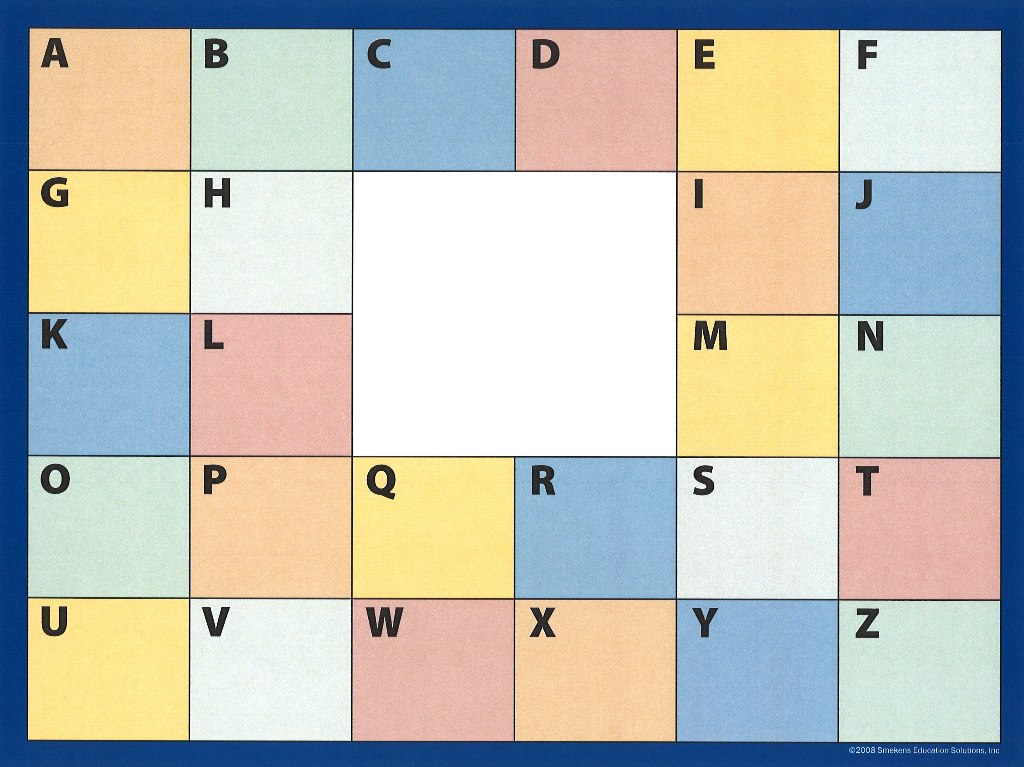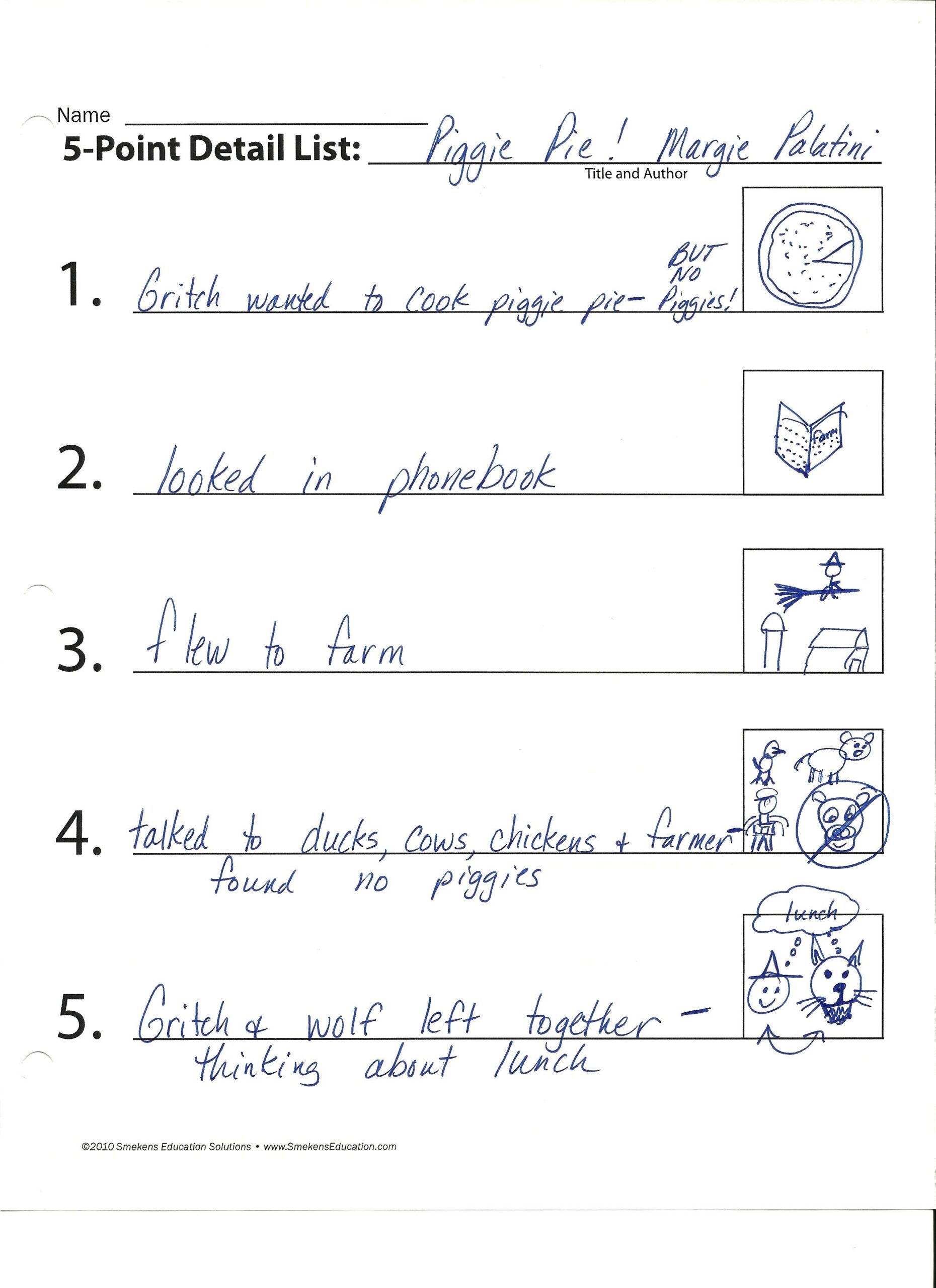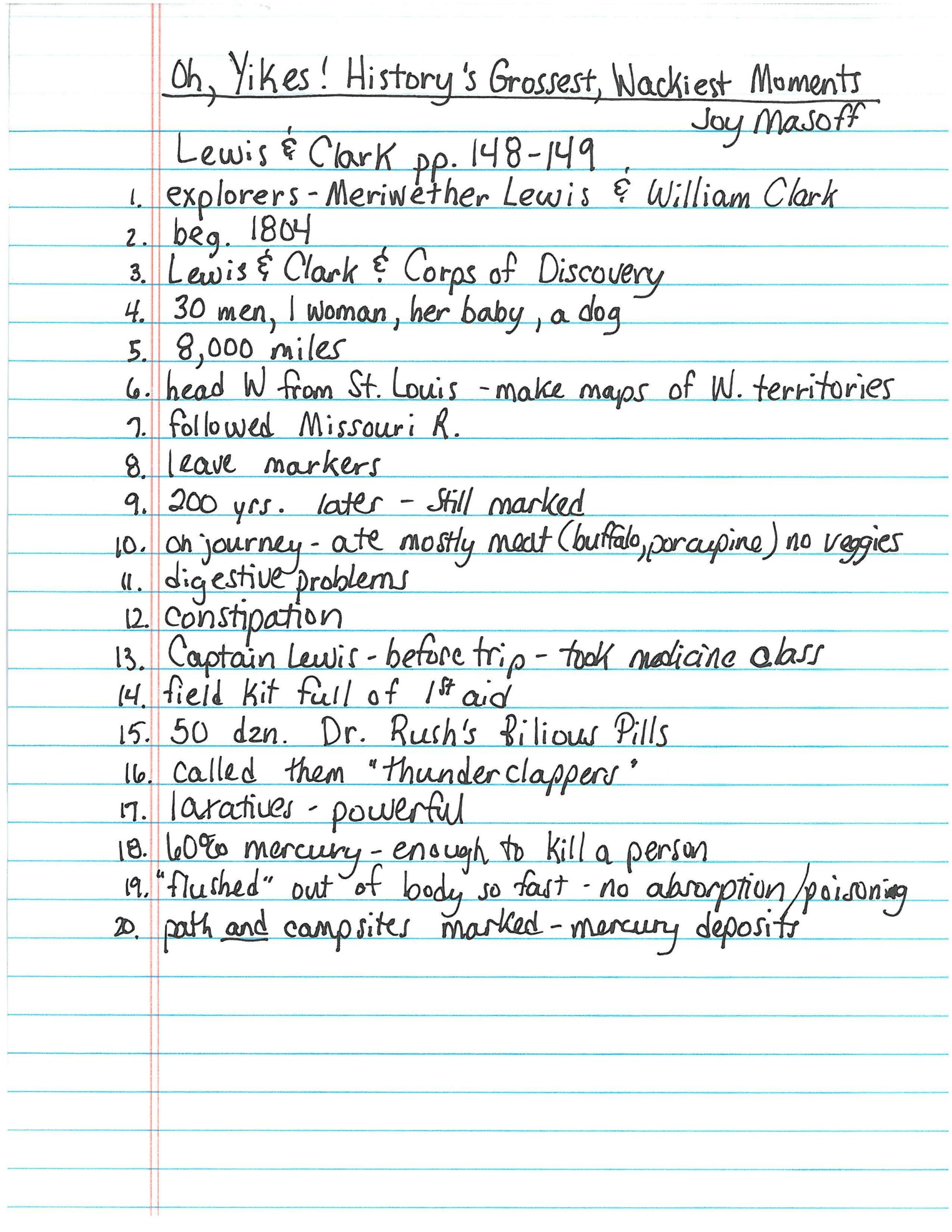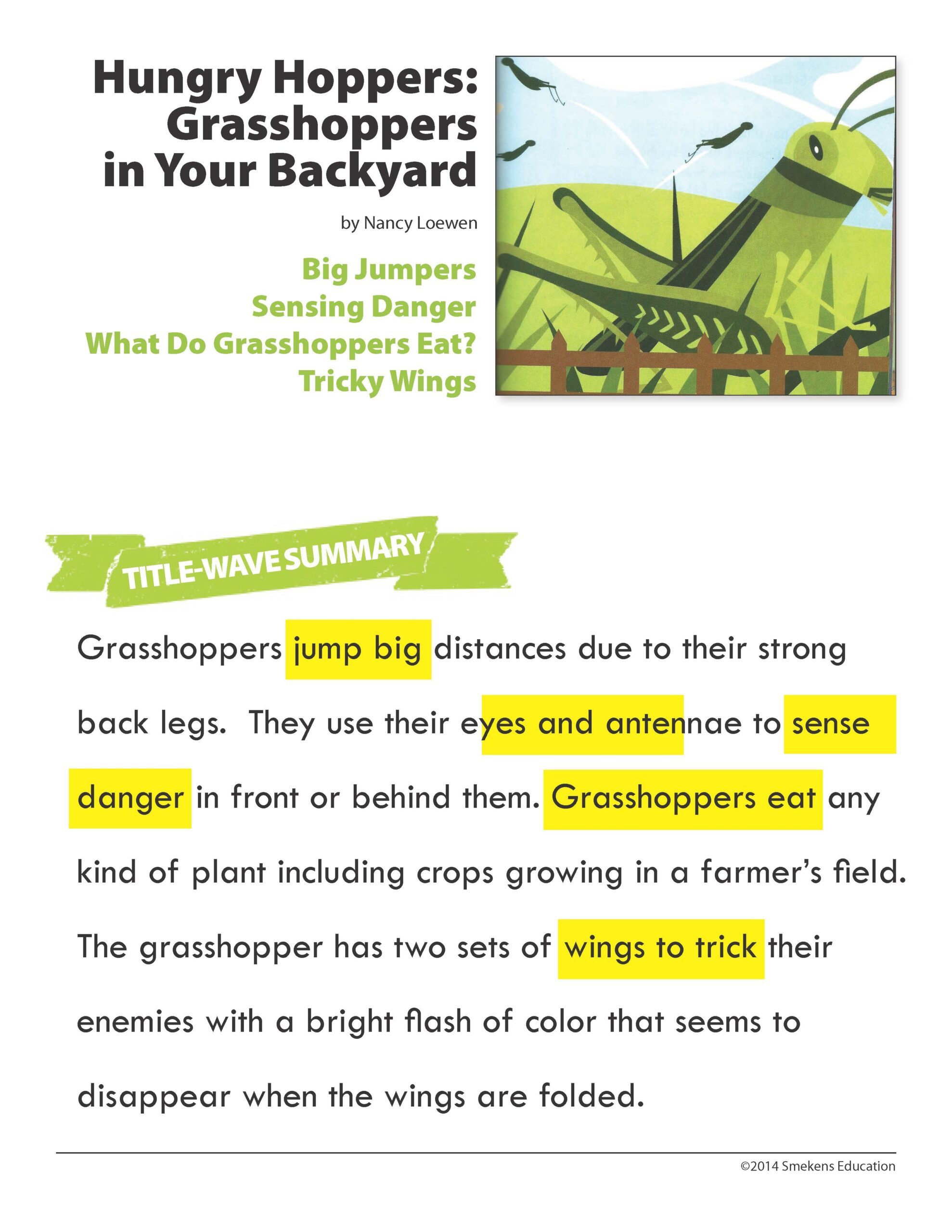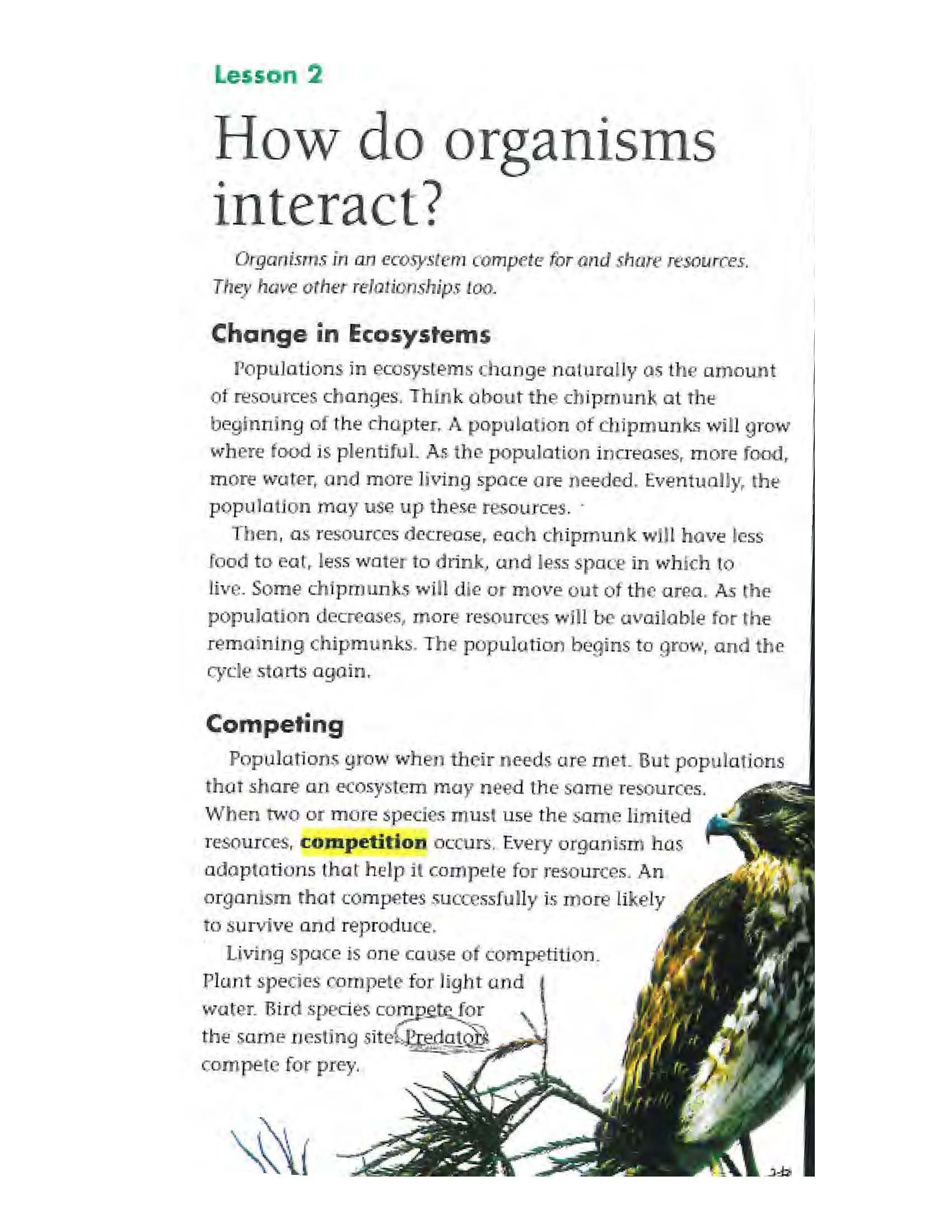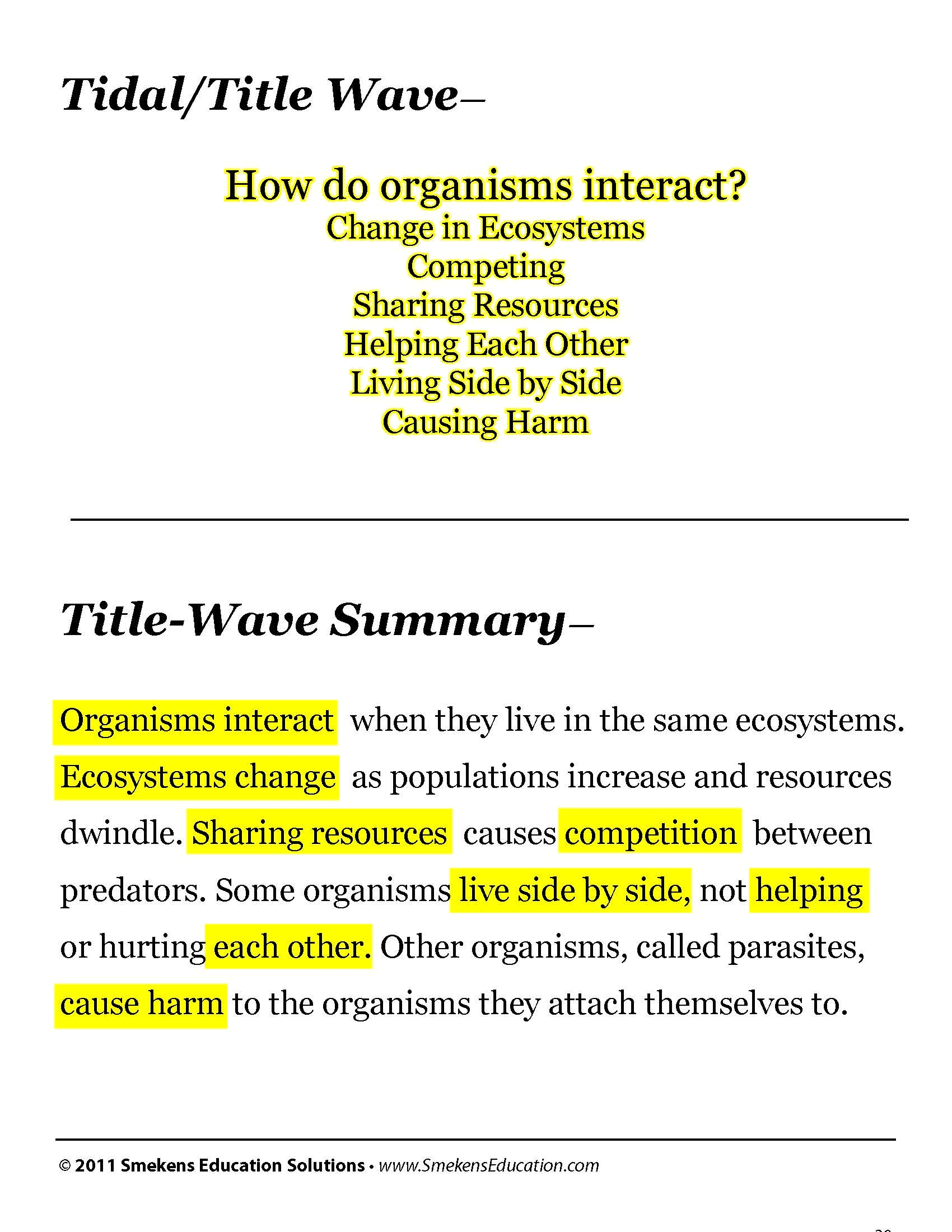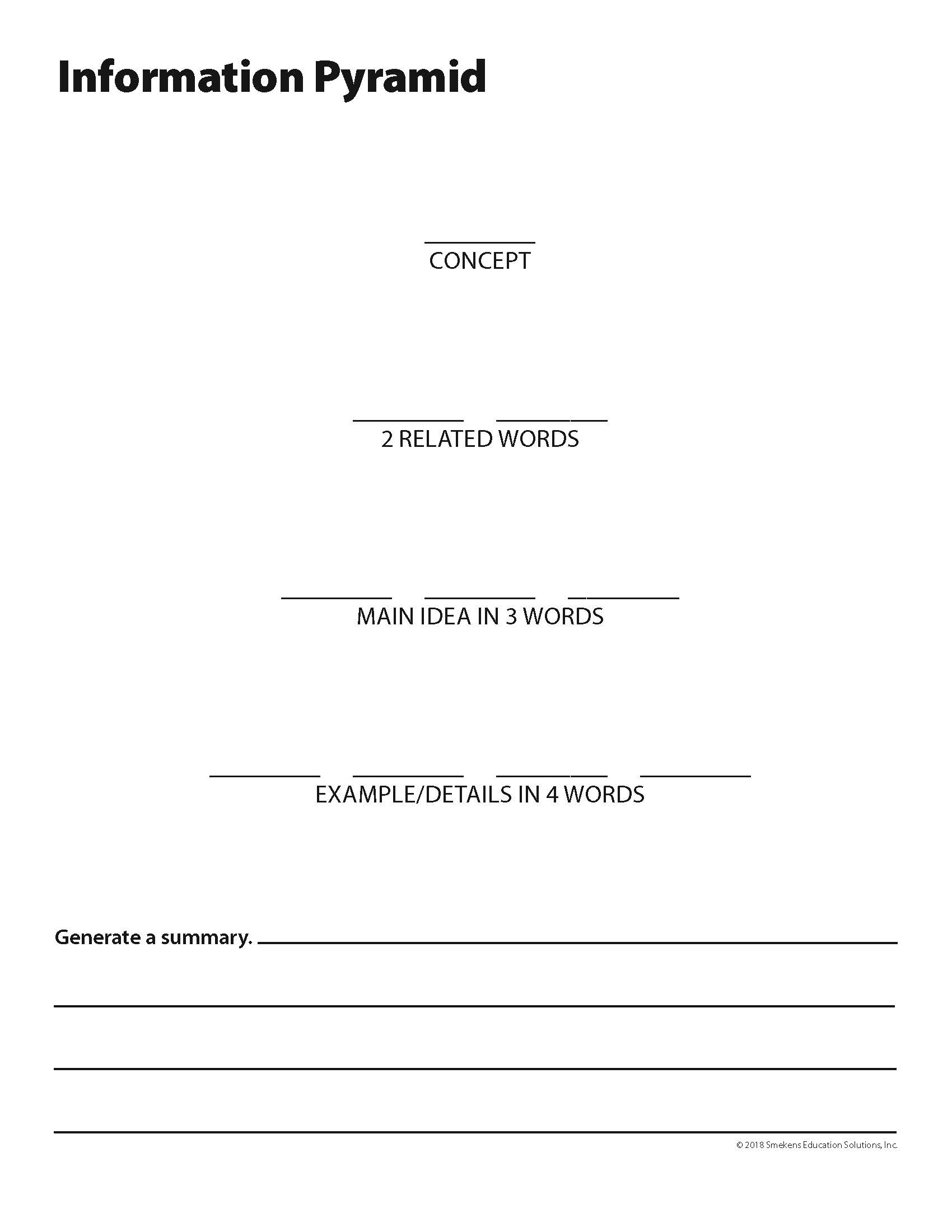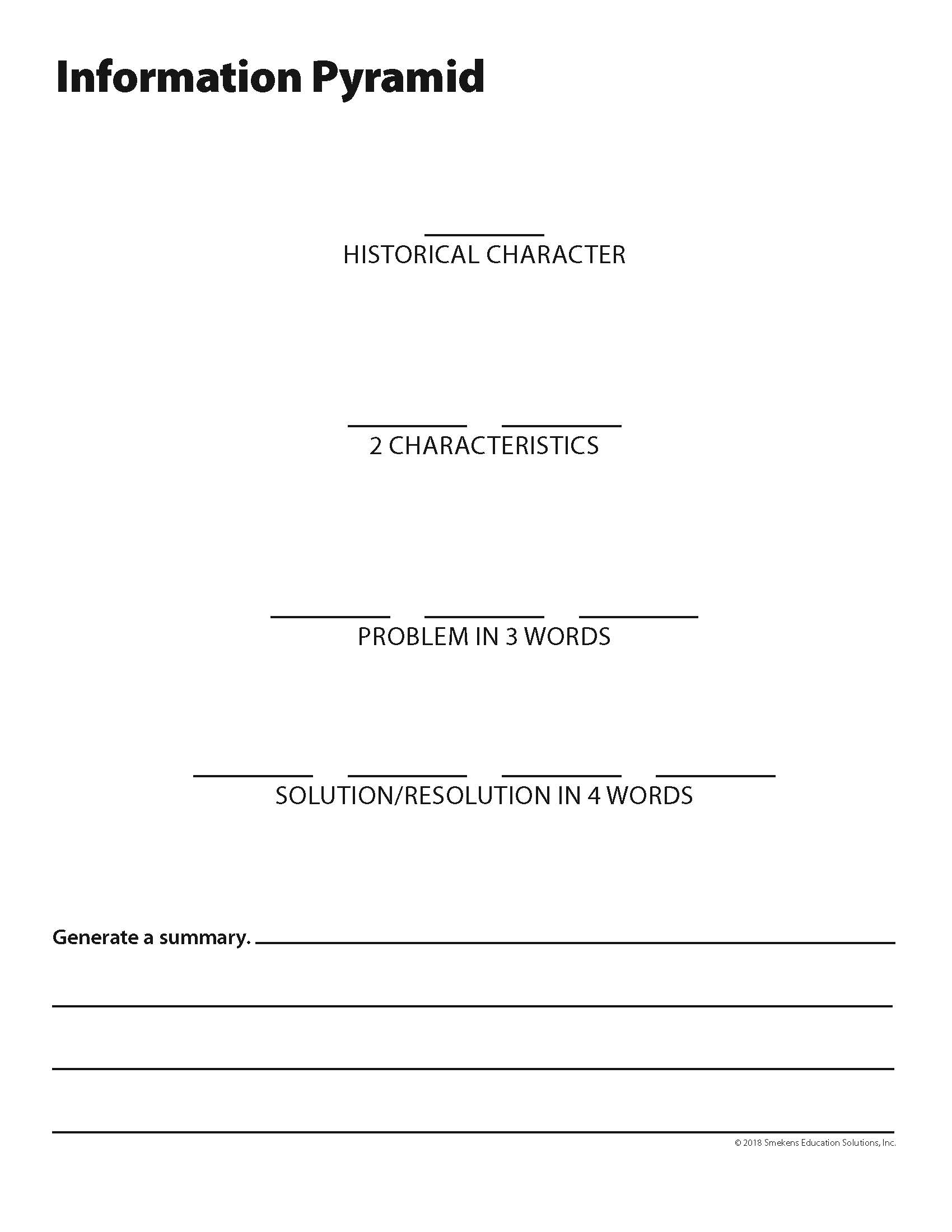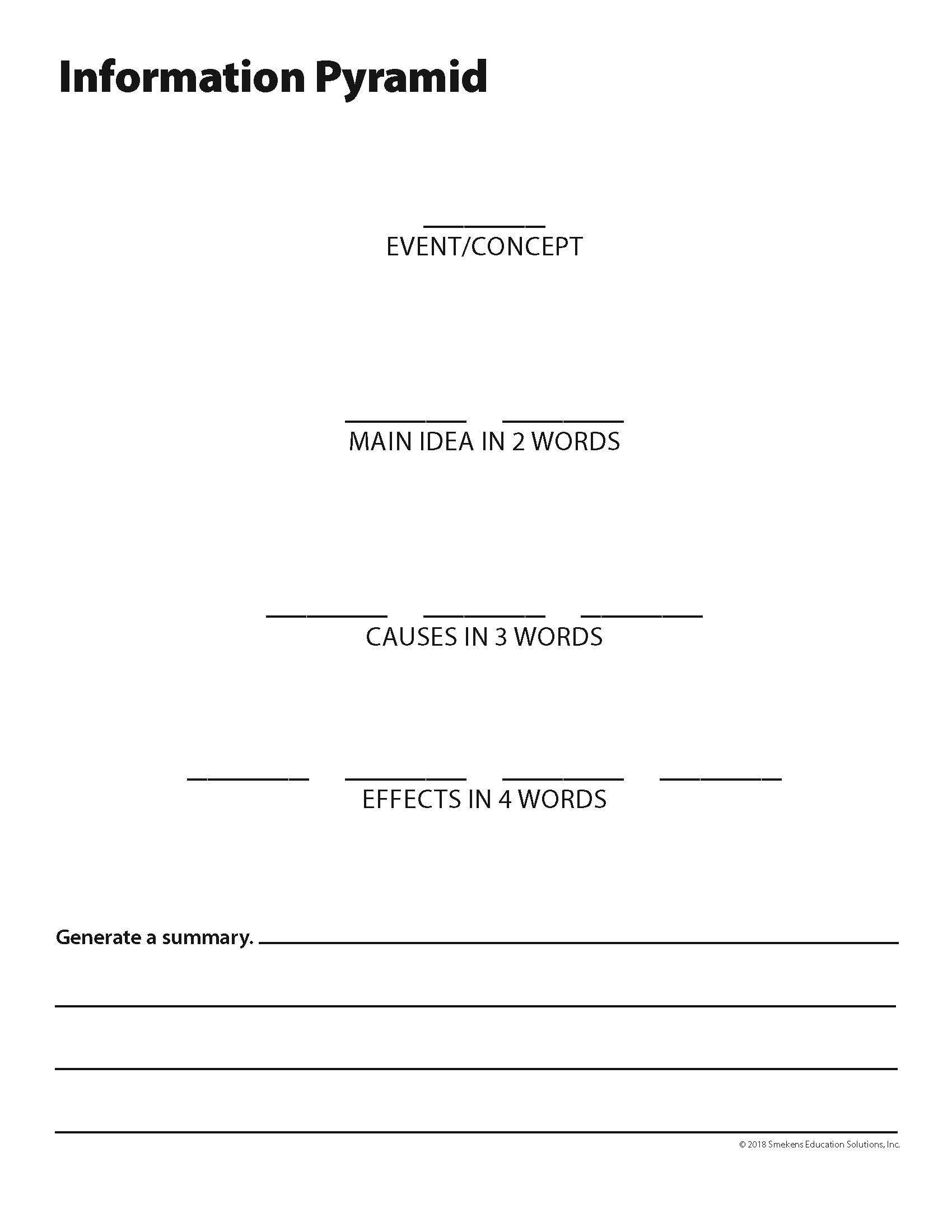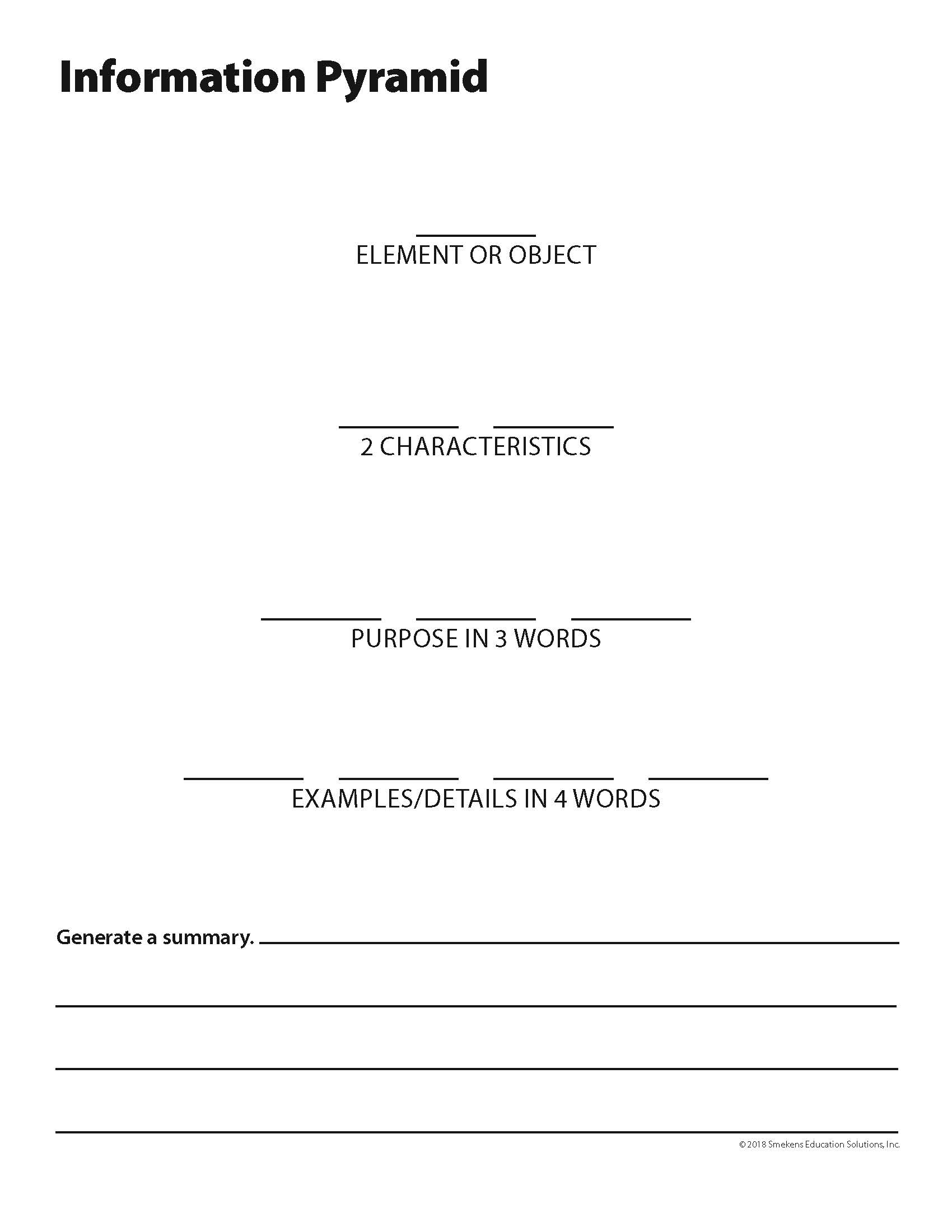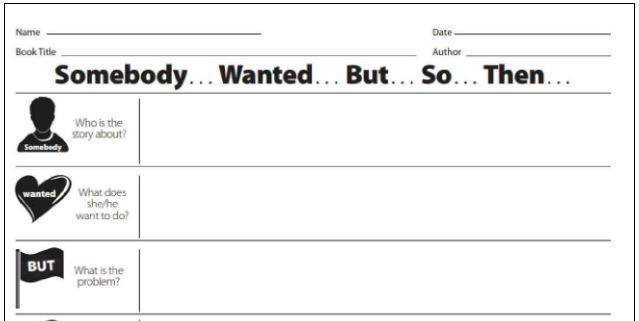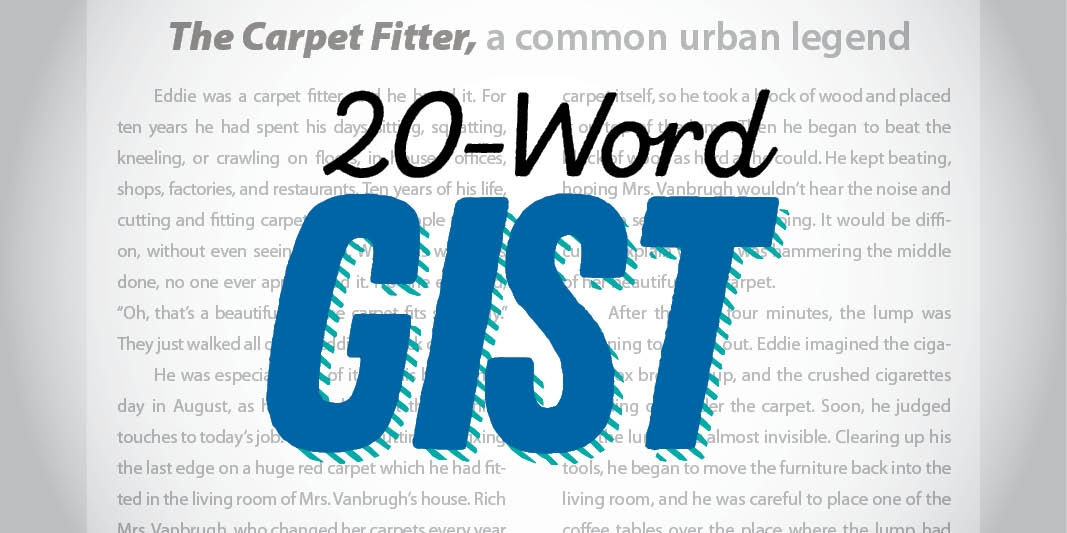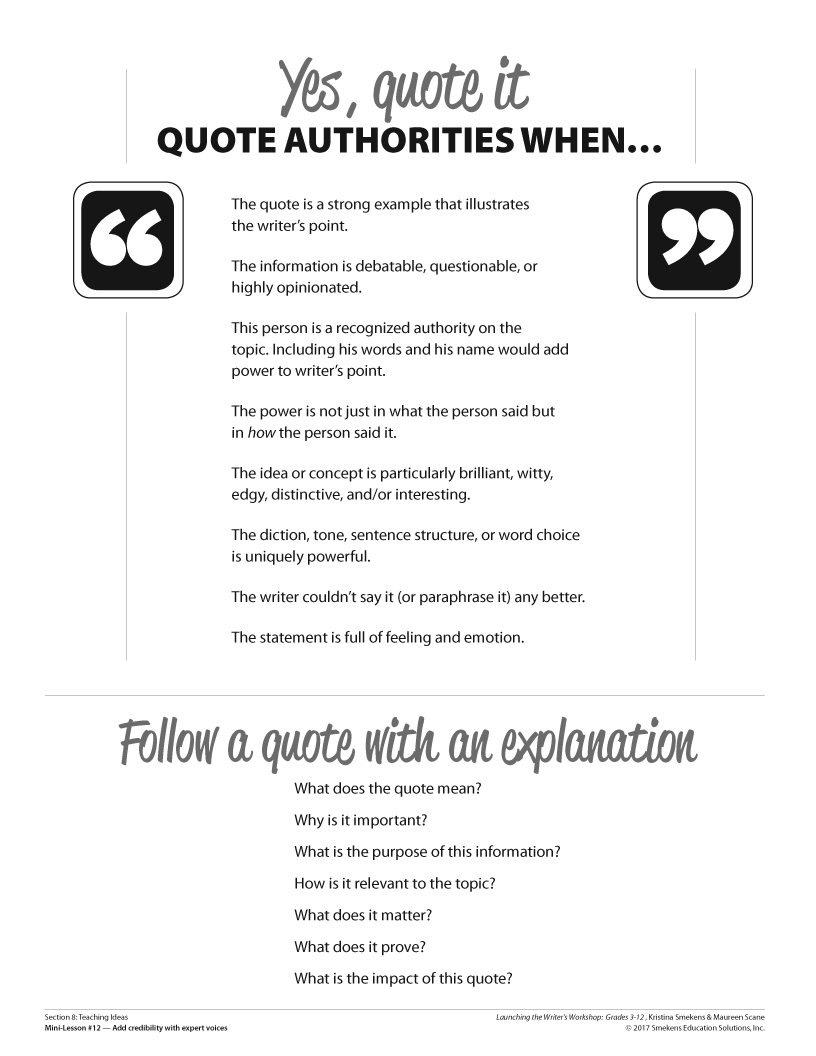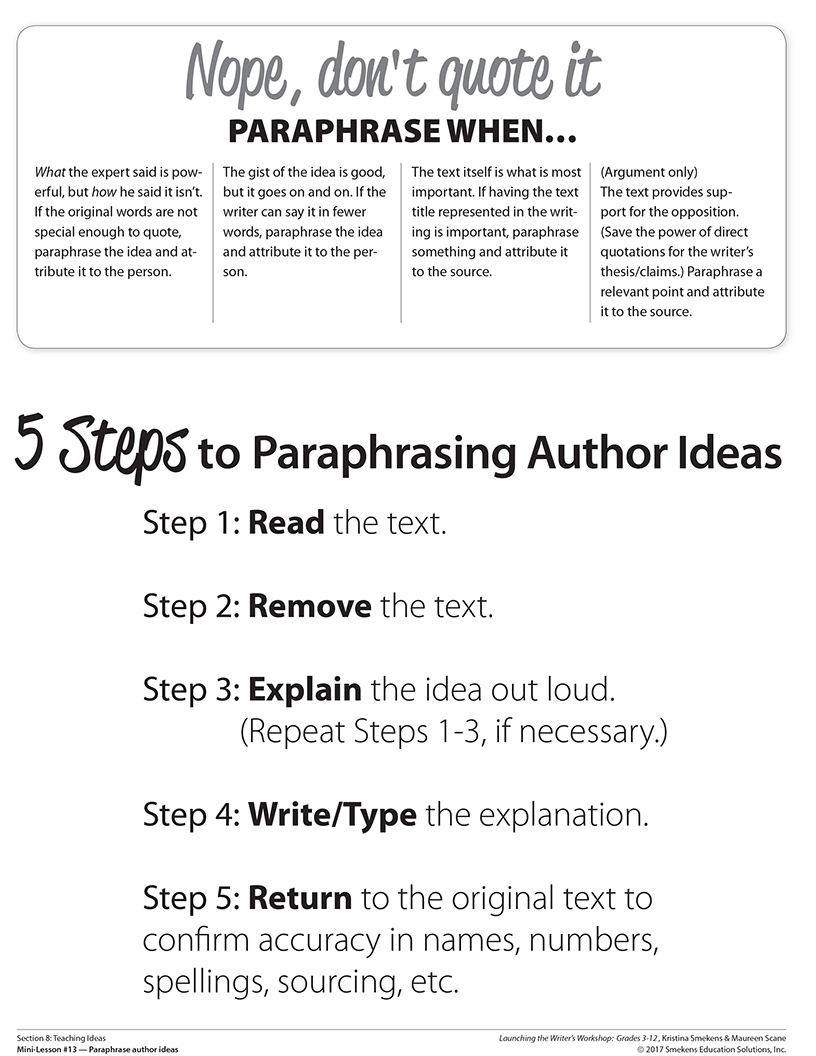Content-Area Literacy
SECRET SITE
Specialized Thinking
Readers listen to multiple voices
Introduce the Reading Voice and Thinking Voice
Comprehension Voice Signs (English, Spanish, and digital formats available)
Utilize Think Alouds while reading your course texts
Read for more than a surface gist
Dissect the Content Literacy Standards
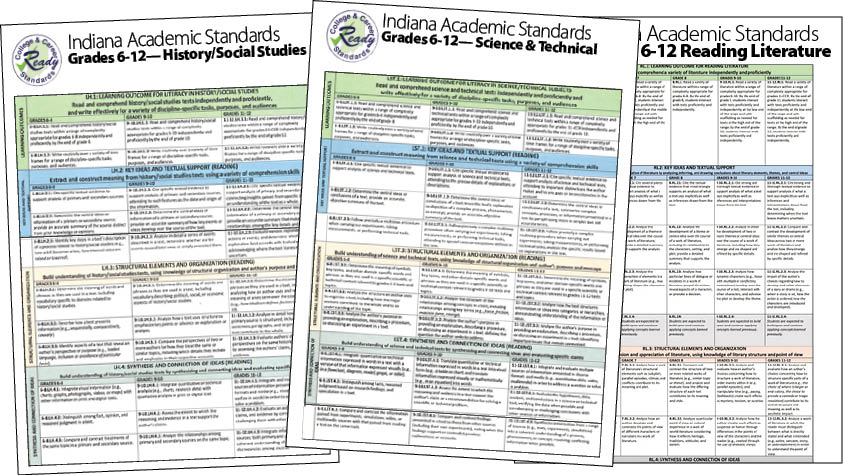
Indiana Reading Standards | Literature & Nonfiction
History/Social Studies | Science/Technical
Download the Reading Standards in the ladder format that depicts how the standards fit into the close-reading framework.
Before Reading
Broaden the definition of “text”
Access videos and visuals for each content area

ENGLISH/LANGUAGE ARTS

HISTORY/SOCIAL STUDIES

THE SCIENCES

TECHNICAL SUBJECTS
Introduce texts minimally
“Sharply curtail” traditional pre-reading strategies
During Reading
Notice and note author ideas
Readers put their thinking adjacent to the author’s ideas
Discern important from unimportant information
The after-reading prompt drives the purpose.
Juggle multiple sources
Gain information from many different sources
Value Multiple Sources mini-lesson
PDF | Smartboard
Annotate across sources
Code across texts to identify new, additional, & contradictory details
Code new information learned across texts.
Lesson Resources
PDF | Smartboard
Scaffold annotation skills all year
After Reading
Talk in and talk out new learning
Allow students to pool their thinking with peers
Speak the subject with Talk Moves
Refine own understanding with the melding of others’ ideas. For more specifics on introducing and implementing Talk Moves within math class, check out Rachel Lynette’s blog.
View “Talk Moves” by the Teaching Channel.
Stephanie Kimmerly provides her Roosevelt Elementary School (Elkhart, IN) students with Talk-Move bookmarks. This allows them to learn the various sentence starters for each one.
Bridget Longmeier introduces Talk Moves to third graders. “This is going to be game changing for our school with a 60% EL population! We need to get them talking and listening, and this is a great strategy to get them started.”
Enhance learning with flexible environments
Use furniture as objects in the service of learning.
FISHBOWL: Small group (i.e., fish) is encircled by remaining students (i.e., bowl).
HORSESHOE: Whole-class conversations are best when students can see each other.
PAIRS/SQUARES: Students think individually and share with a partner. Then two pairs discuss as a small group.
REPRESENT: After discussion time, a representative per group goes to the front of the class to share out.
Review with ABC-Chart Carousel
High school students review math concepts before a unit test.
Review math concepts on an ABC Chart before a unit test.
Pool thinking with Think, Ink, Pair, Square
Summarize to demonstrate understanding
Define the goal of a summary
Identify important information with Detail Lists
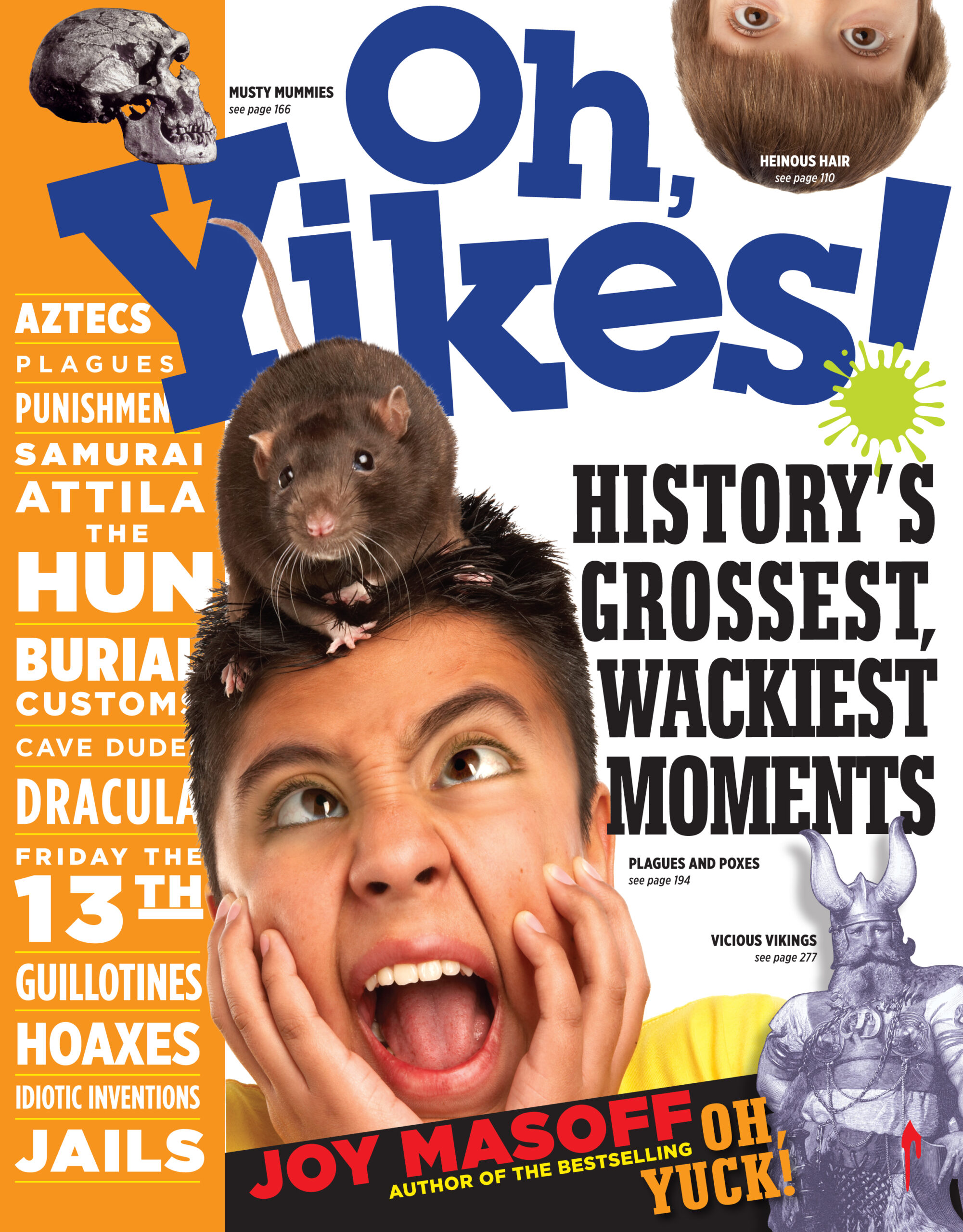
Oh, Yikes! History’s Grossest, Wackiest Moments
Using text features, generate a Title-Wave Summary
Utilize the subheadings of a longer text to generate a summary after reading.
Complete an Information Pyramid
Students customize their understandings by completing an Information Pyramid with no one right answer.
Descriptive (Element/Concept)
Template | Smartboard
Support comprehensive summaries with frames
Students can hone their summarizing skills by completing the Somebody… Wanted… But… So… Then… frame.
Shrink the summary
Once students can generate a summary, then whittle down to the main idea from there. Provide smaller and smaller paper (or decrease their word limit). Challenge them to emphasize the most important and utilize precise word choice to create a single-sentence main-idea statement on a sticky note.
Shrinking Paper JPEG Resource
Shrinking Summary PDF Template | Word Document
Move beyond summarizing to synthesizing
Combine details to synthesize new ideas
Synthesize from Multiple Sources mini-lesson. PDF | Smartboard
Small-Group Activity on Christopher Columbus
Collect details to infer reasons
Teach students how to collect, cut, group, and rank their details. Download a list of statements for/pro and against/con genetic engineering.
Observe a 30-minute lesson and activity executed in a Concord Junior High science class.
Blend evidence and elaboration
The Yes, MA’AM strategy can be adapted to fit the requirements of an extended reading response.




